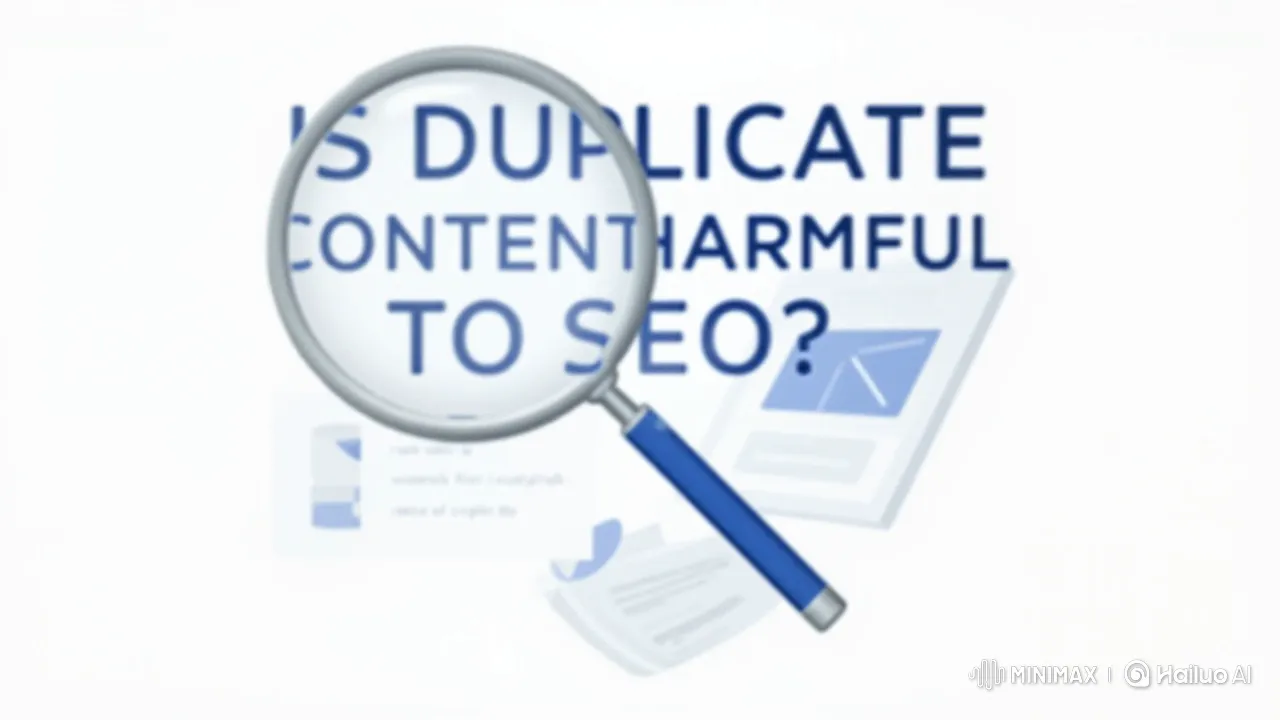
Repeating information on a website can indeed be harmful to your SEO efforts. Search engines like Google prioritize unique, high-quality content that provides value to users. When your website contains duplicate content, it can confuse search engines, dilute your rankings, and even lead to penalties in some cases. However, not all duplicate content is inherently bad—it depends on how it’s managed and whether it serves a legitimate purpose.
Understanding Duplicate Content
Duplicate content refers to blocks of text, images, or code that appear on multiple web pages, either on the same domain or across different domains. This can happen in several ways:
- Identical Pages: For example, having the same product description on multiple pages of an e-commerce site.
- Similar Content: Pages with very similar but not identical text, such as slightly reworded articles.
- Syndicated Content: Content shared across different websites, like news articles republished on multiple platforms.
- Unintentional Duplicates: Caused by technical issues, such as URL parameters creating multiple versions of the same page.
Search engines aim to provide users with the most relevant and unique results. When they encounter duplicate content, they may struggle to determine which page is the most authoritative, leading to potential ranking issues.
How Search Engines Handle Duplicate Content
Search engines use advanced algorithms to detect duplicate content. These algorithms analyze text, structure, and even user behavior to identify duplicates. When duplicates are found:
- Indexing Issues: Search engines may choose to index only one version of the page, or in some cases, none at all.
- Ranking Dilution: If multiple pages on your site target the same keywords, they may compete with each other, reducing the overall ranking potential (a phenomenon known as keyword cannibalization).
- Link Equity Distribution: Incoming links may be spread across duplicate pages, diluting their impact.
However, search engines also recognize that some duplication is unavoidable or even necessary. For instance, having a print-friendly version of a page or content in different languages is often acceptable, as long as it’s properly managed.
The Impact of Duplicate Content on SEO
Duplicate content can negatively affect your website’s SEO in several ways:
- Lower Rankings: Search engines may deprioritize pages with duplicate content, especially if they can’t determine which is the most relevant.
- Keyword Cannibalization: When multiple pages target the same keywords, they compete with each other, reducing the chances of any one page ranking highly.
- Poor User Experience: Visitors may find repetitive content frustrating, leading to higher bounce rates and lower engagement, which indirectly impacts SEO.
- Potential Penalties: While Google doesn’t directly penalize for duplicate content, excessive duplication can signal low-quality practices, which may harm your site’s overall credibility.
It’s worth noting that not all duplicate content is treated equally. Google’s algorithms are sophisticated enough to distinguish between intentional duplication (like syndicated content) and lazy or spammy practices.
Is All Duplicate Content Bad?

Not all duplicate content is harmful. In some cases, it can be necessary or even beneficial:
- Print-Friendly Versions: Many websites offer a printer-friendly version of articles, which may contain identical content but serve a different purpose.
- Multilingual Content: If your site caters to a global audience, having the same content in different languages is essential.
- Archived Content: Older versions of pages may be kept for historical reasons, even if they are no longer actively promoted.
The key is intent. If the duplicate content serves a clear purpose and enhances user experience, it’s less likely to cause SEO issues. However, if it’s simply copied without adding value, it can be problematic.
Strategies to Manage Duplicate Content
If you’re concerned about duplicate content on your website, there are several effective strategies to manage it:
1. Use Canonical Tags
- What They Are: A canonical tag is an HTML element that tells search engines which version of a page is the original.
- How to Use Them: Add the tag to the <head> section of your HTML. For example: <link rel=”canonical” href=”https://hqlinkers.com/preferred-page”>
- Why It Helps: This consolidates ranking signals to the preferred version of the page, reducing confusion for search engines.
2. Implement 301 Redirects
- If you have permanent duplicate pages (e.g., due to URL changes), use 301 redirects to point users and search engines to the preferred version.
- This ensures that all traffic and ranking signals are directed to one page.
3. Consolidate Content
- If you have multiple pages with similar content, consider merging them into a single, comprehensive page.
- This not only eliminates duplication but also improves user experience by providing a more focused resource.
4. Conduct Regular Content Audits
- Use tools like Google Search Console, Screaming Frog, or Copyscape to identify duplicate content on your site.
- Regular audits help you stay on top of any issues before they affect your rankings.
5. Avoid Over-Optimization
- Don’t overuse keywords across multiple pages. Instead, focus on creating unique, topic-specific content for each page.
Best Practices for Creating Unique Content
To avoid duplicate content issues altogether, focus on creating original, high-quality content:
- Research Thoroughly: Provide unique insights or data that isn’t available elsewhere.
- Use Different Angles: Even for similar topics, approach them from different perspectives or depths.
- Update Existing Content: Instead of creating new pages, refresh old content with new information or examples.
- Define Clear Page Purposes: Ensure each page has a distinct role on your site, avoiding overlap with other pages.
Tools to Detect Duplicate Content
Here are some tools to help you identify and address duplicate content:
- Google Search Console: Check for “Duplicate titles” or “Duplicate meta descriptions” reports.
- Screaming Frog SEO Spider: Crawls your site and highlights duplicate content.
- Copyscape: Checks for duplicates across the web, ensuring your content is unique.
Case Study: E-commerce Site Example
Imagine you run an e-commerce site selling shoes. You have two pages:
- Page 1: “Men’s Running Shoes”
- Page 2: “Best Running Shoes for Men”
If both pages contain nearly identical content, they could be seen as duplicates, causing SEO issues. Instead, you could:
- Make “Men’s Running Shoes” the definitive guide with detailed reviews and comparisons.
- Use “Best Running Shoes for Men” as a category page linking to specific products, with unique content focused on buyer guides or tips.
This way, each page serves a distinct purpose, avoiding duplication while enhancing user experience.
Final Thoughts
Repeating information on a website is a recurring topic among SEO specialists. Some believe that repeating content can negatively affect search engine rankings, while others think it’s not always harmful. The truth is that, like many aspects of SEO, it depends on the context and how the repetition is managed. In this article, we’ll explore how search engines handle repeated content, the potential consequences, and when it might be tolerable or even beneficial.Show in sidebar



